Home>Renovation & DIY>Tools & Equipment>When To Use Spackle Vs Joint Compound
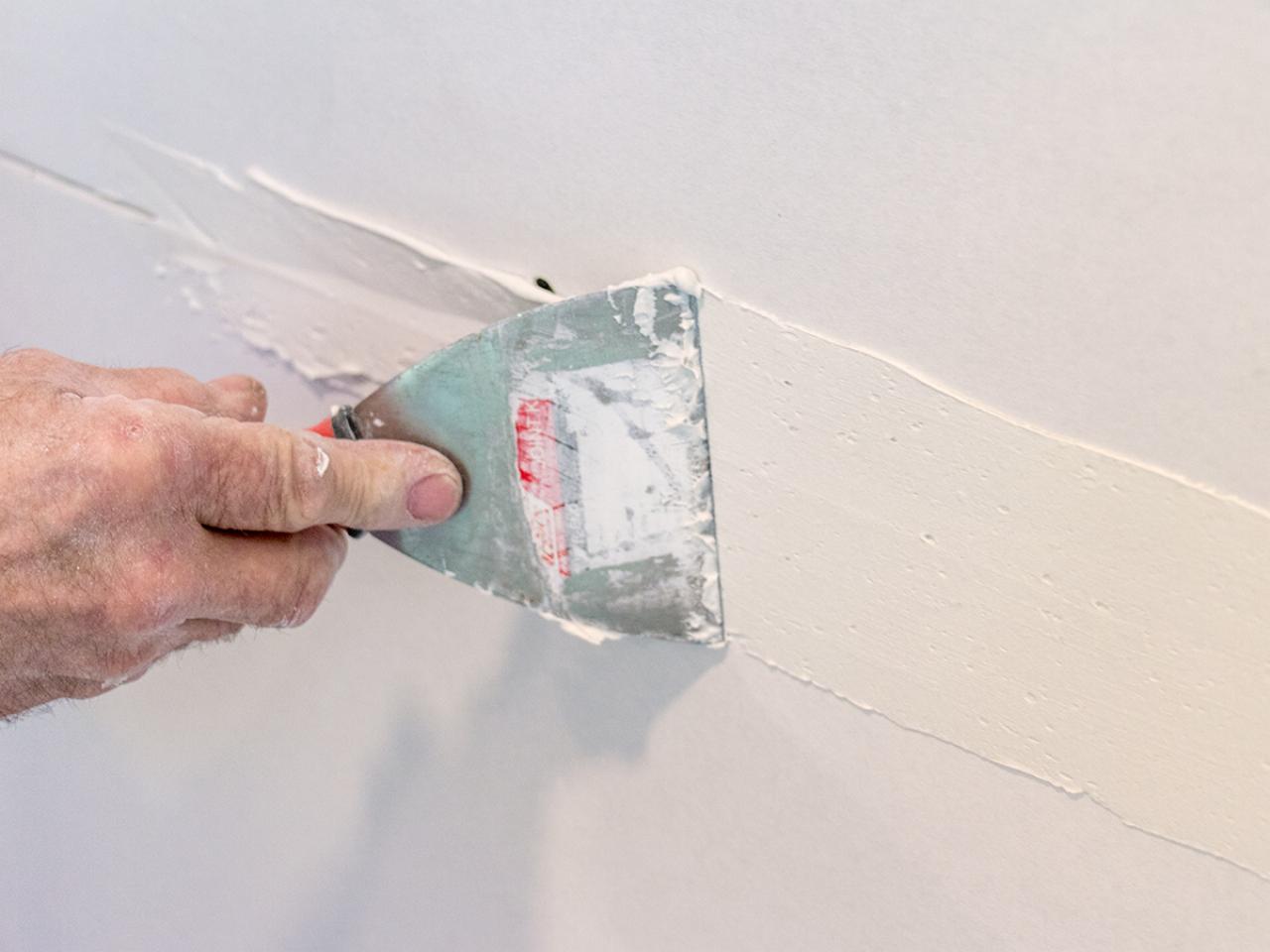

Tools & Equipment
When To Use Spackle Vs Joint Compound
Modified: August 27, 2024
Learn when to use spackle vs joint compound for your tools and equipment projects. Understand the differences and choose the right product for your needs.
(Many of the links in this article redirect to a specific reviewed product. Your purchase of these products through affiliate links helps to generate commission for Storables.com, at no extra cost. Learn more)
**
Introduction
**
So, you've got a few holes in your wall that need fixing, or perhaps you're embarking on a new drywall project. In either case, you've likely encountered the terms "spackle" and "joint compound." These two materials are essential for repairing and finishing drywall, but knowing when to use each can make a significant difference in the quality and longevity of your project.
In this article, we'll delve into the characteristics, applications, and advantages of spackle and joint compound. By the end, you'll have a clear understanding of when to use spackle versus joint compound, ensuring that your walls, ceilings, and other drywall surfaces receive the proper treatment they deserve.
Let's start by exploring the nature of spackle and joint compound, shedding light on their unique properties and purposes.
Key Takeaways:
- Spackle is perfect for quick, small repairs like filling nail holes and covering minor blemishes. It dries fast and is easy to apply, making it great for touch-ups before painting or finishing.
- Joint compound is versatile and durable, ideal for taping drywall seams and covering larger imperfections. It can create textured finishes and ensures a seamless, long-lasting surface.
Read more: How To Store Joint Compound
What Is Spackle?
Spackle, also known as lightweight spackling compound, is a versatile material used for patching holes, dents, and cracks in walls, ceilings, and other surfaces.
It is a lightweight, pre-mixed paste that typically comes in small tubs or tubes. Spackle is formulated with binders, fillers, and adhesives, creating a smooth and easy-to-apply substance.
Spackle is designed for small-scale repairs and touch-ups, making it an ideal choice for fixing nail holes, minor dings, and other superficial imperfections. Its quick-drying nature allows for efficient patching, often drying within minutes, which is advantageous for projects requiring swift completion.
This material is also known for its ease of sanding, enabling a seamless blend with the surrounding surface for a polished finish. While traditional spackle is suitable for interior applications, there are also outdoor variants formulated to withstand varying weather conditions.
In summary, spackle is best suited for minor repairs and touch-ups, offering convenience, quick application, and a smooth finish. Its lightweight composition and rapid drying time make it an efficient solution for addressing small imperfections in drywall and other surfaces.
What Is Joint Compound?
Joint compound, also referred to as drywall mud, is a versatile substance essential for taping and finishing drywall seams, corners, and imperfections.
This compound is available in powder form and requires mixing with water to achieve the desired consistency. Once prepared, it transforms into a smooth, creamy substance that is applied to joints, screws, and nail indentations on drywall.
Joint compound plays a crucial role in the drywall installation process, as it is used to embed paper tape or fiberglass mesh tape over joints, creating a seamless surface. It also serves to cover screws and nails, ensuring a uniform and level finish across the entire drywall installation.
Furthermore, joint compound is available in different drying times, such as quick-setting and ready-mixed variants, catering to various project requirements. This versatility allows for efficient application and facilitates the achievement of desired textures and finishes.
In essence, joint compound is indispensable for taping, finishing, and concealing imperfections in drywall installations. Its malleable nature and ability to create seamless, durable surfaces make it an essential component in the drywall finishing process.
When to Use Spackle
Spackle is best suited for addressing minor imperfections and small-scale repairs on drywall and other surfaces. Its quick-drying and lightweight nature make it ideal for the following applications:
- Repairing Nail Holes: Spackle is perfect for filling small nail holes left behind from hanging pictures, shelves, or other wall-mounted items. Its quick-drying property allows for swift patching, enabling you to proceed with painting or finishing without delay.
- Covering Small Dents and Dings: Whether caused by accidental impacts or minor mishaps, small dents and dings can be easily concealed with spackle. Its smooth consistency and ease of application make it an efficient solution for creating a seamless surface.
- Smoothing Surface Imperfections: Spackle can be used to smooth out minor surface imperfections, such as scratches or shallow indentations, before painting or applying wallpaper. Its ability to blend with the surrounding surface ensures a uniform and flawless finish.
- Touching Up Wall Blemishes: When walls exhibit minor blemishes or imperfections, spackle provides a convenient way to touch up these areas, restoring the wall’s appearance and preparing it for further treatment.
In summary, spackle is the go-to choice for minor repairs, touch-ups, and surface smoothing, offering a quick and efficient solution for addressing small imperfections in preparation for painting, finishing, or general maintenance.
When to Use Joint Compound
Joint compound is essential for a wide range of applications in the drywall installation and finishing process. Its versatility and durability make it the preferred choice for the following scenarios:
- Taping Drywall Seams: When installing or repairing drywall, joint compound is used to embed tape over the joints, creating a smooth and seamless transition between adjacent panels. This process is crucial for achieving a uniform and professional-looking surface.
- Covering Screws and Nails: Joint compound is applied over screws and nails to conceal them and create a level surface. This ensures that the fasteners are securely embedded and do not create visible irregularities on the finished wall or ceiling.
- Repairing Larger Imperfections: Unlike spackle, joint compound is suitable for addressing larger imperfections, such as wide dents, scratches, or gouges in drywall. Its malleable consistency allows for effective filling and smoothing of these areas, resulting in a seamless and uniform surface.
- Creating Textured Finishes: Joint compound can be manipulated to create various textures and finishes on walls and ceilings, adding visual interest and depth to the surface. Whether it’s a smooth finish, orange peel texture, or knockdown texture, joint compound provides the versatility to achieve the desired aesthetic.
In summary, joint compound is indispensable for taping, finishing, and concealing imperfections in drywall installations. Its versatility, durability, and ability to create textured finishes make it an essential component in the drywall installation and finishing process.
Pros and Cons of Spackle
Spackle offers several advantages and a few limitations, making it important to consider its characteristics before selecting it for a project. Here are the pros and cons of using spackle:
Pros:
- Quick Drying: Spackle dries rapidly, often within minutes, allowing for efficient patching and minimal project downtime.
- Easy Application: Its smooth consistency and lightweight nature make spackle easy to apply, especially for small repairs and touch-ups.
- Convenient Packaging: Spackle is available in various packaging options, such as tubs and tubes, providing flexibility and convenience for different project requirements.
- Efficient for Small Repairs: It is ideal for filling nail holes, covering minor blemishes, and smoothing surface imperfections, offering a quick and effective solution for minor repairs.
- Sanding Ease: Spackle is designed for easy sanding, enabling seamless blending with the surrounding surface for a polished finish.
Cons:
- Limited Coverage: Spackle is best suited for small-scale repairs and touch-ups and may not be suitable for larger imperfections or extensive surface areas.
- Not Suitable for Structural Repairs: It is not designed for structural repairs or addressing significant damage to walls or ceilings, as its composition is tailored for minor imperfections.
- Limited Outdoor Use: Traditional spackle is intended for interior applications and may not withstand outdoor conditions, requiring specific outdoor variants for exterior repairs.
While spackle excels in addressing minor imperfections and small-scale repairs, it may have limitations when it comes to covering larger areas or addressing structural damage. Understanding these pros and cons can help in making informed decisions regarding its usage in various projects.
Spackle is best for small repairs and dries quickly, while joint compound is better for larger areas and takes longer to dry. Use spackle for nail holes and joint compound for seams and larger holes.
Pros and Cons of Joint Compound
Joint compound, commonly known as drywall mud, offers a range of benefits and considerations that should be weighed when determining its suitability for a project. Let’s explore the pros and cons of using joint compound:
Pros:
- Versatility: Joint compound is highly versatile and essential for taping, finishing, and concealing imperfections in drywall installations, making it a fundamental material for various stages of a project.
- Durable Finish: It provides a durable and resilient finish, ensuring that taped seams, covered fasteners, and repaired imperfections result in a seamless and long-lasting surface.
- Texturing Capabilities: Joint compound can be manipulated to create a variety of textures and finishes, allowing for customization and adding visual interest to walls and ceilings.
- Suitable for Larger Repairs: Unlike spackle, joint compound is suitable for addressing larger imperfections and extensive surface areas, making it a versatile solution for a wide range of repair and finishing needs.
- Quick-Setting Options: Quick-setting joint compound variants are available, offering accelerated drying times for projects that require efficient completion.
Cons:
- Requires Mixing: Joint compound typically comes in powder form and requires mixing with water, adding an extra step to the preparation process compared to ready-mixed materials like spackle.
- Longer Drying Time: Traditional joint compound may have longer drying times compared to spackle, necessitating patience during the finishing stages of a project.
- Heavier Application: Due to its thicker consistency, joint compound may require more effort to apply, especially for larger areas or when creating textured finishes.
- Limited Outdoor Use: Similar to spackle, traditional joint compound is designed for interior applications and may not be suitable for outdoor repairs without specific outdoor variants.
While joint compound offers versatility, durability, and texturing capabilities, it may require additional preparation and drying time compared to spackle. Understanding these pros and cons can aid in making informed decisions regarding its usage in different projects.
Conclusion
In the realm of drywall repairs and finishing, the choice between spackle and joint compound hinges on the scale of the project, the nature of the imperfections, and the desired outcome.
Spackle shines in addressing minor blemishes, small repairs, and surface touch-ups with its quick-drying and lightweight properties, making it an efficient solution for small-scale imperfections. On the other hand, joint compound offers versatility, durability, and the ability to create textured finishes, catering to a broader range of repair and finishing needs, especially for larger imperfections and taping applications.
Understanding the distinct advantages and limitations of spackle and joint compound empowers individuals to make informed decisions based on the specific requirements of their projects. Whether it’s filling nail holes, taping drywall seams, or creating textured finishes, the right choice between spackle and joint compound can significantly impact the quality and longevity of the final result.
By recognizing the unique characteristics and applications of these materials, individuals can approach drywall repairs and finishing with confidence, ensuring that every imperfection is addressed with the most suitable solution. Ultimately, the proper utilization of spackle and joint compound contributes to the creation of flawless, polished surfaces that enhance the aesthetic appeal and structural integrity of interior spaces.
Frequently Asked Questions about When To Use Spackle Vs Joint Compound
Was this page helpful?
At Storables.com, we guarantee accurate and reliable information. Our content, validated by Expert Board Contributors, is crafted following stringent Editorial Policies. We're committed to providing you with well-researched, expert-backed insights for all your informational needs.



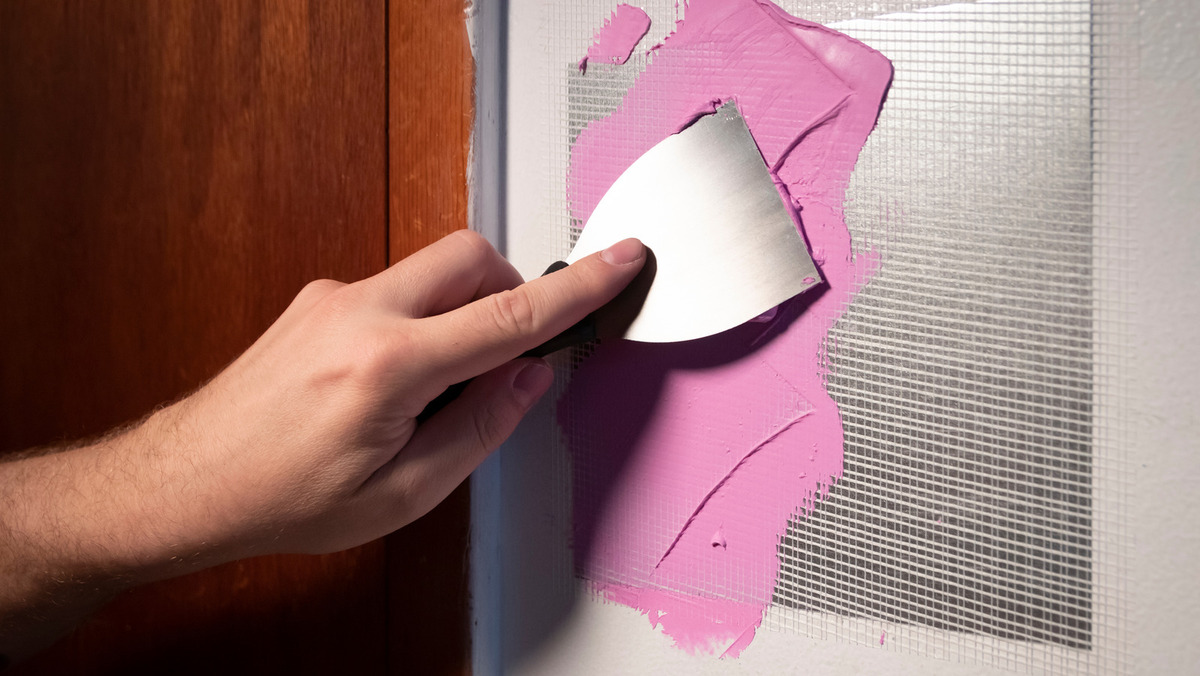
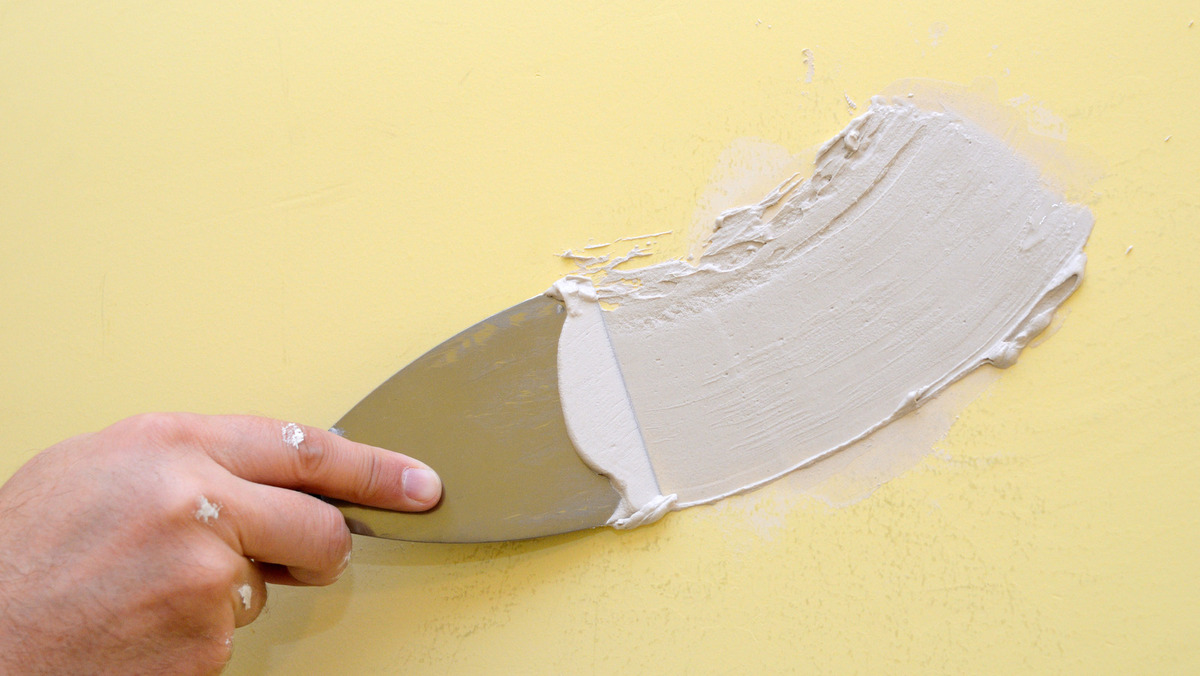
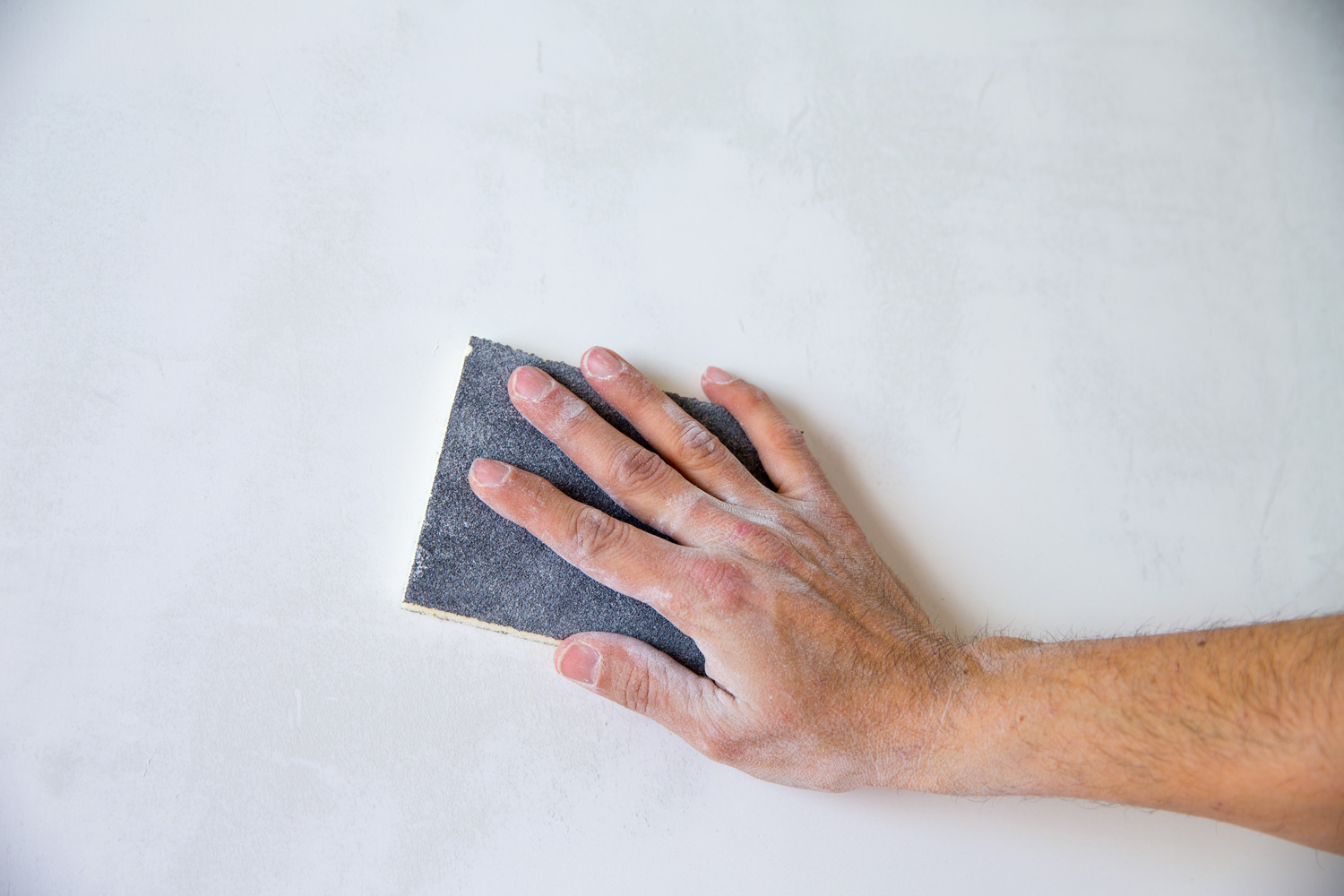
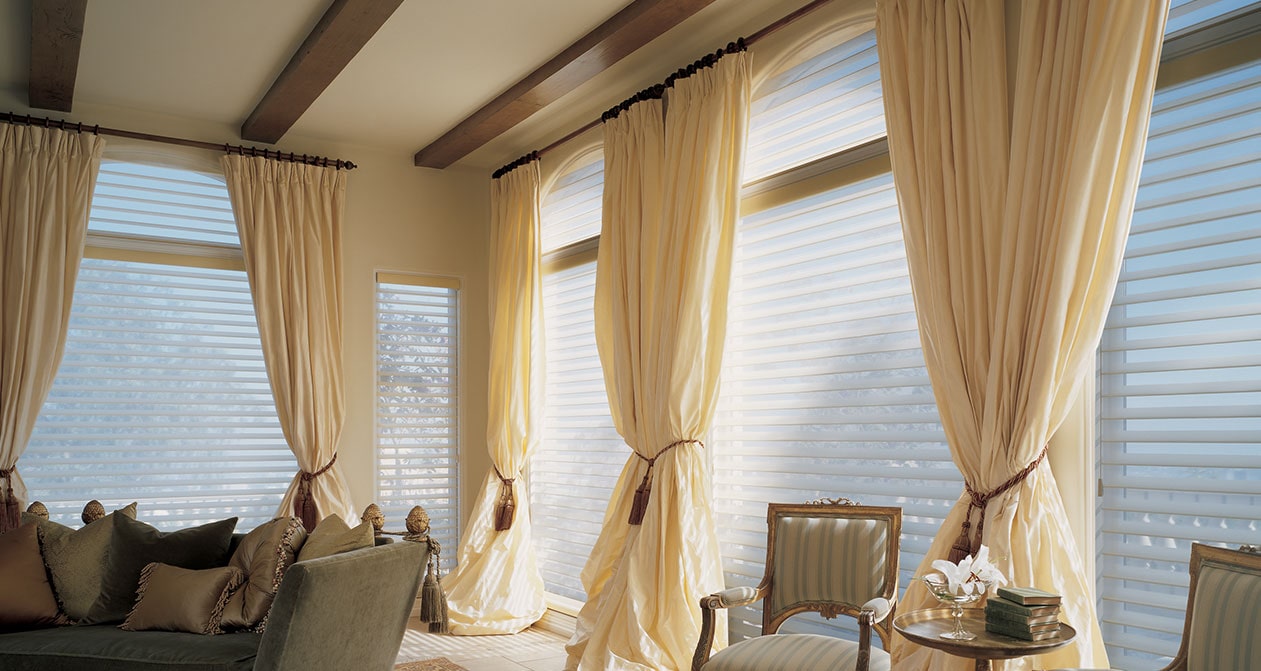

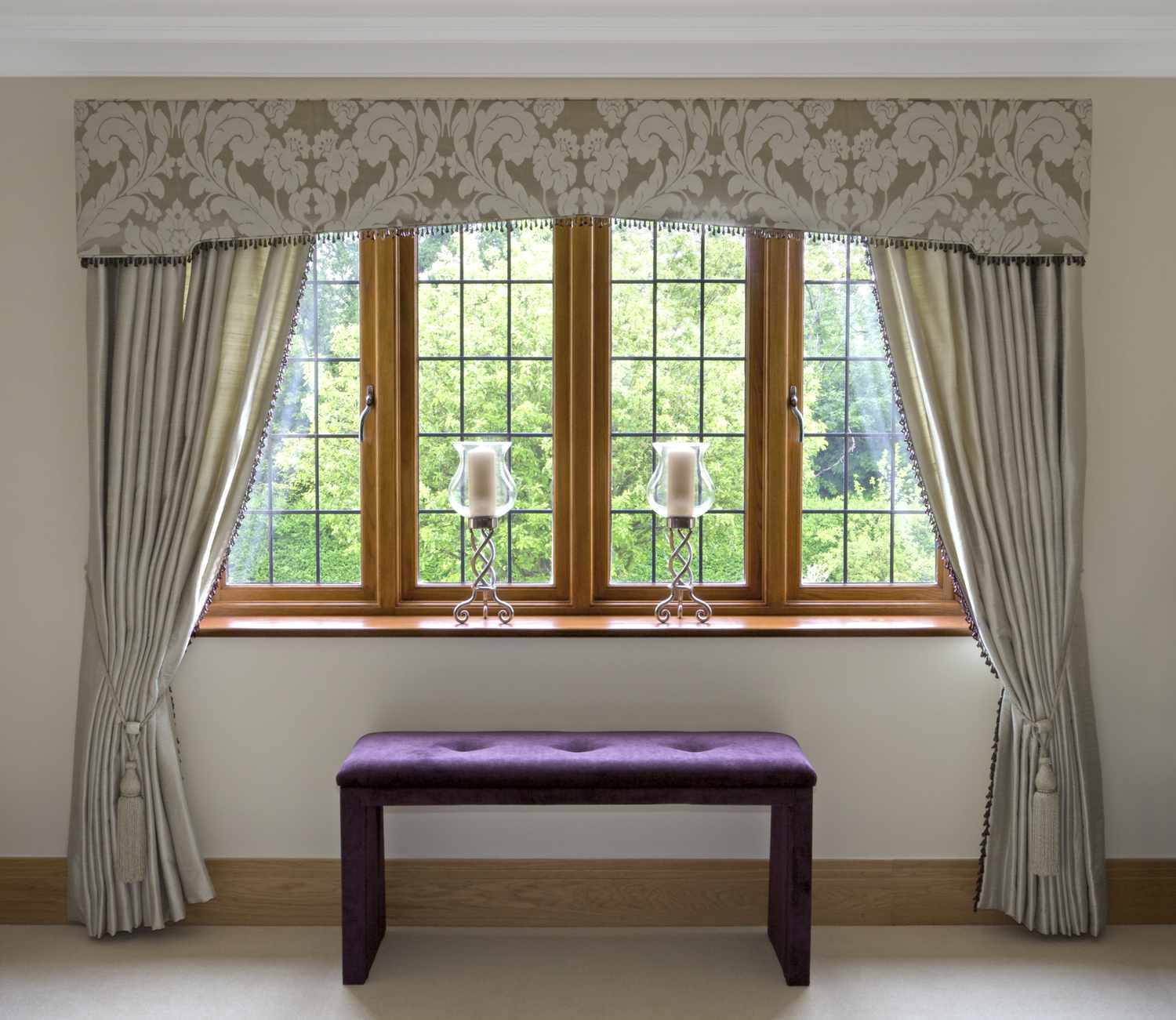
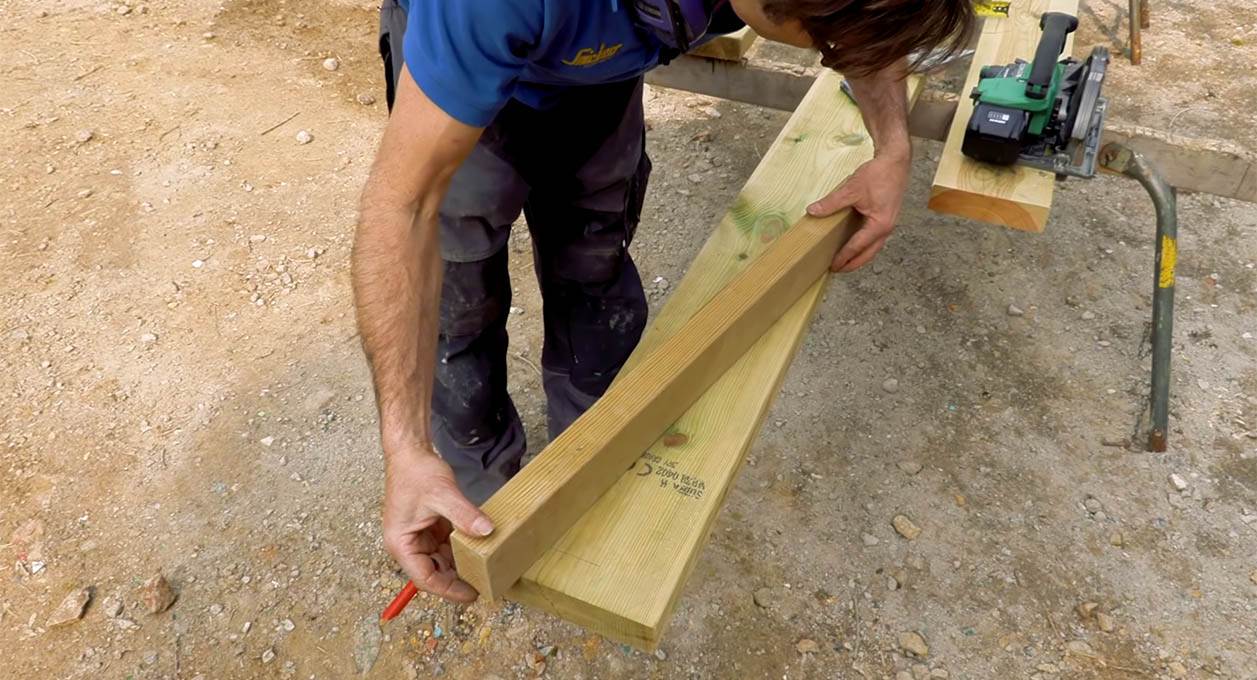
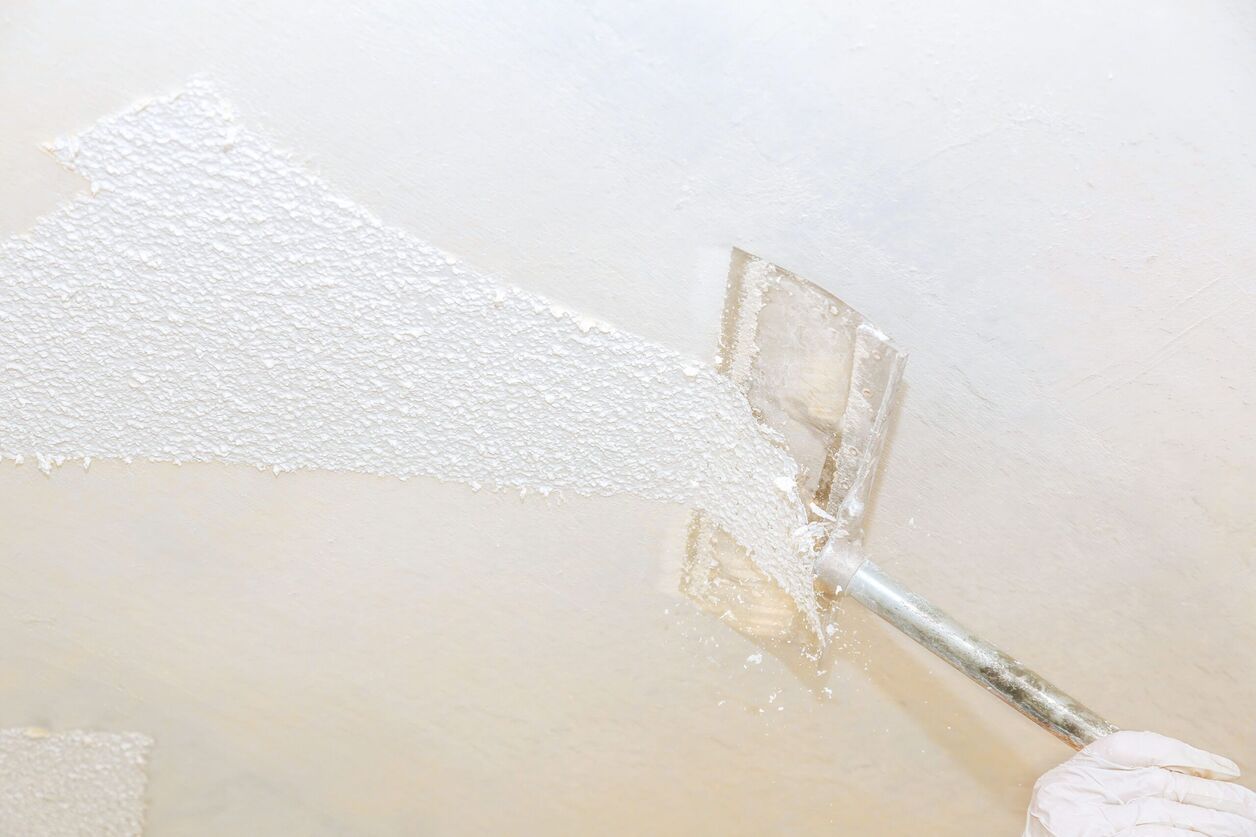
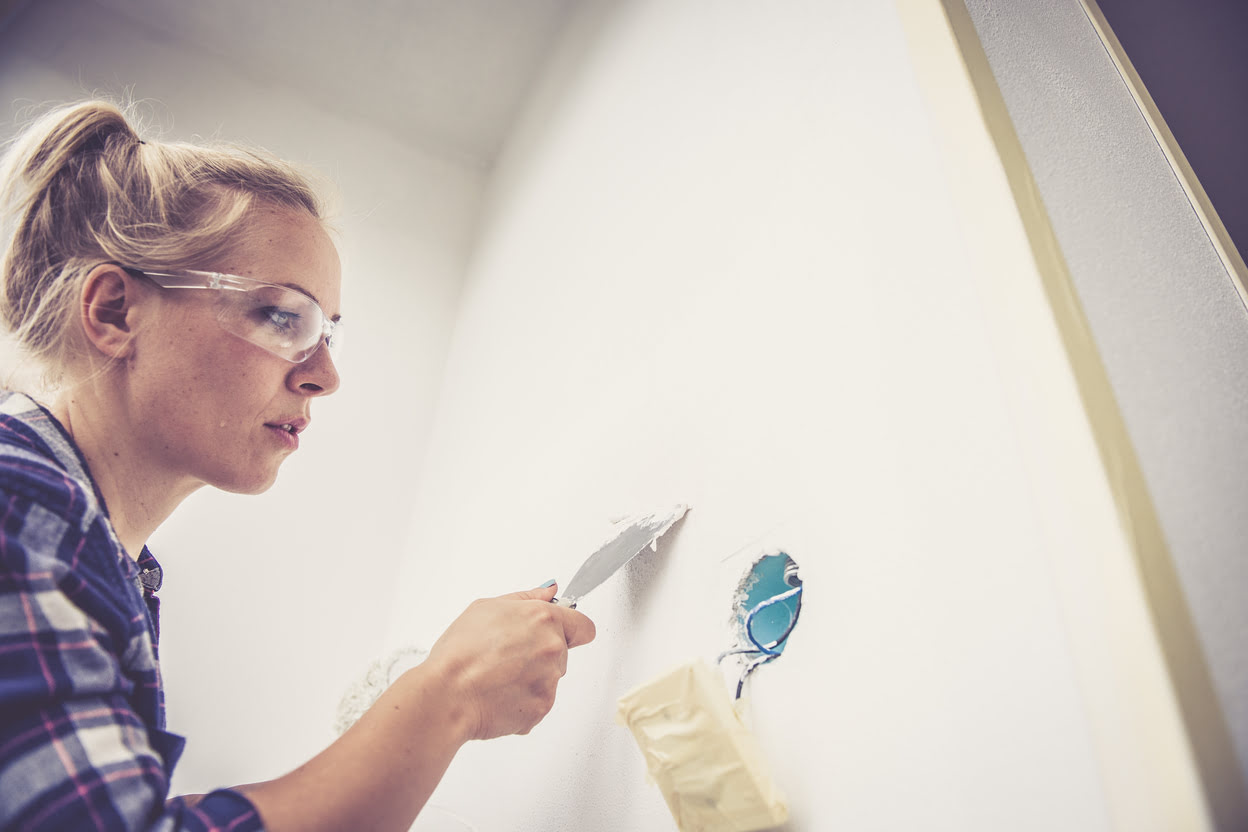
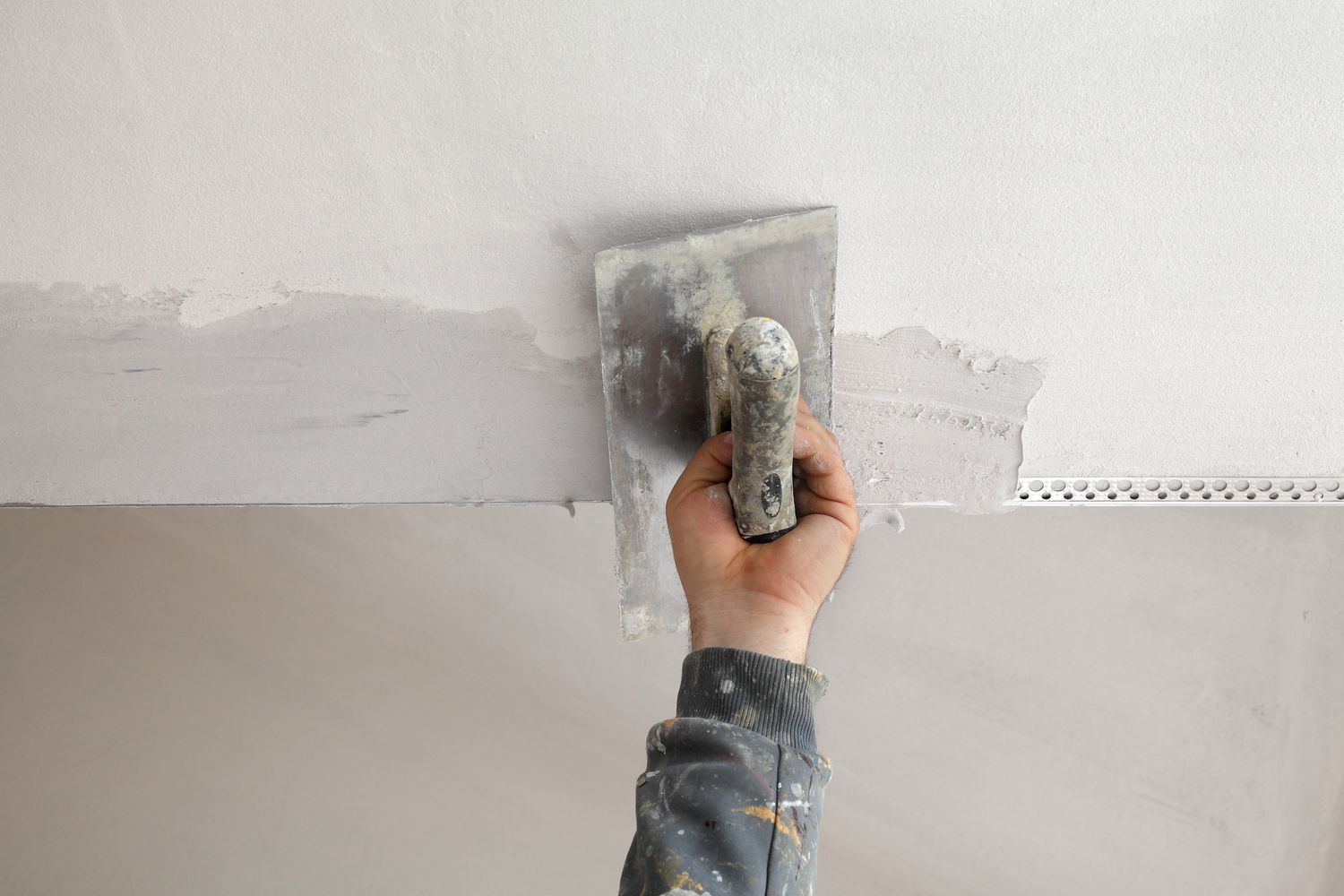

0 thoughts on “When To Use Spackle Vs Joint Compound”